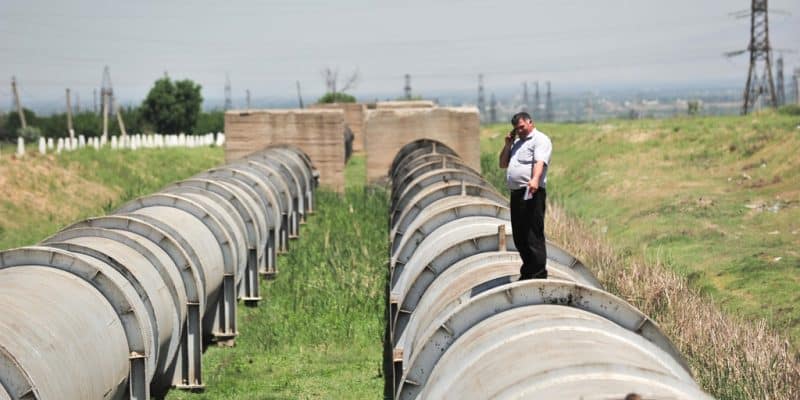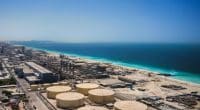The passage of storm Daniel through Derna will also have helped to speed up the design of water and sanitation projects in this city on the Mediterranean coast, as well as in several other cities and regions in Libya.
The Housing and Infrastructure Board (HIB) has just proposed a National Water and Sanitation Plan to the government in Tripoli, one of Libya’s two governments. The plan, the outlines of which were discussed on 19 October 2023 by the government led by Abdelhamid Dbeibah, will be implemented in two phases.
The first phase, due to start in 2024, will end in 2026. During this period, new drinking water supply systems will be built and existing ones rehabilitated. The plan also calls for the improvement of sewerage networks in the cities of Tripoli, Benghazi, Misrata, Zawia, Sebha, Al-Beida, Tobruk, Derna, Ajdabiya, Al-Marj, Zliten, Al-Khoms, Gharyan, Zuwara, Nalut, Brak Al-Shati, Ghat, Ubari and Murzuq. Some of these drainage pipes were damaged by storm Daniel on the night of 10-11 September 2023.
The second phase of the National Water and Sanitation Plan will be implemented between 2026 and 2050. As part of this, “62 new wastewater treatment plants will be installed, four of which are currently under construction, and 58 additional plants have been installed. In addition, 49 plants are to be renovated, while nine plants are to undergo maintenance work”, explained Mahmoud Ajaj, the HIB’s Managing Director.
Read Also – LIBYA: Derna desalination plant relaunched, 1 month after flooding
These facilities will improve sanitation throughout the country. Libya currently needs 2 million m3 of water per day to meet the demand of its population, but is only able to produce 1.4 million m3, a deficit of 580,000 m3 per day. At the same time, the North African country needs new wastewater treatment plants to treat around 1.6 million m3 of wastewater discharged into the environment every day. Barely 259,000 m3 of this effluent is treated every day in Libya.
Inès Magoum







